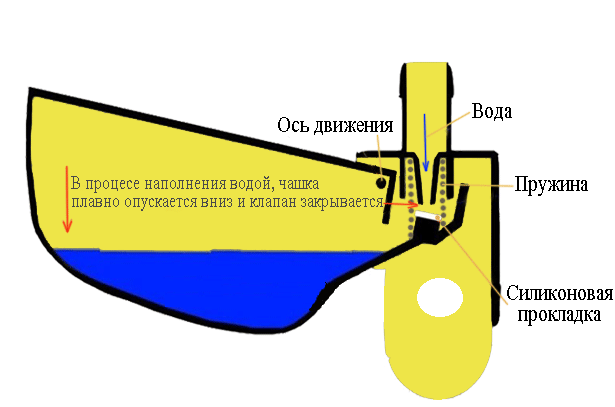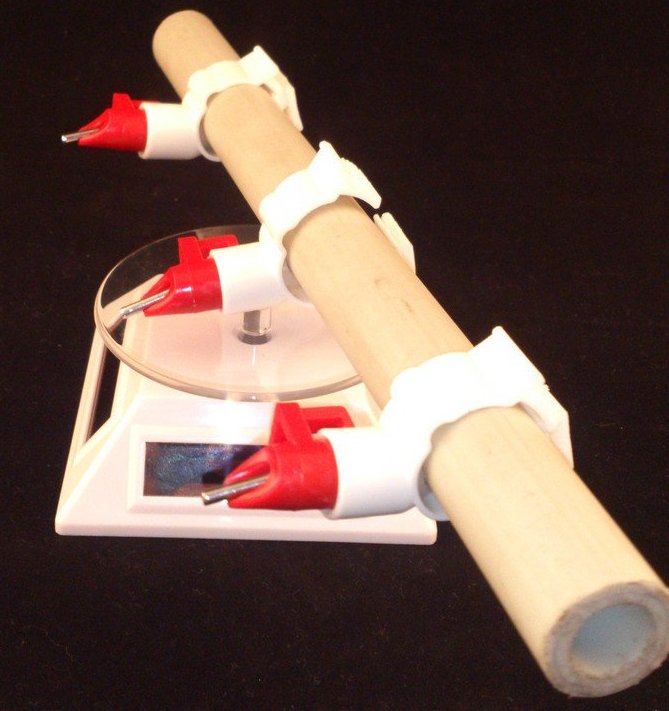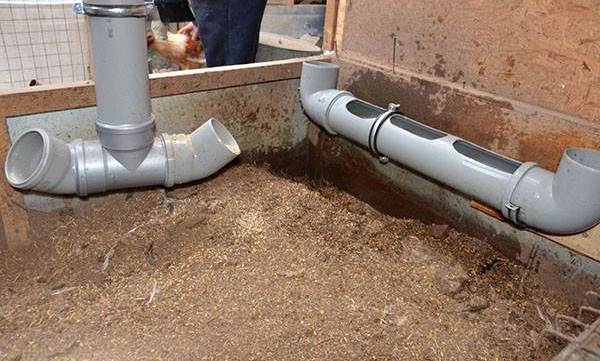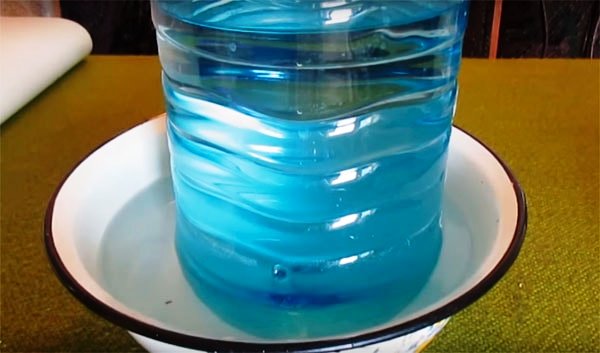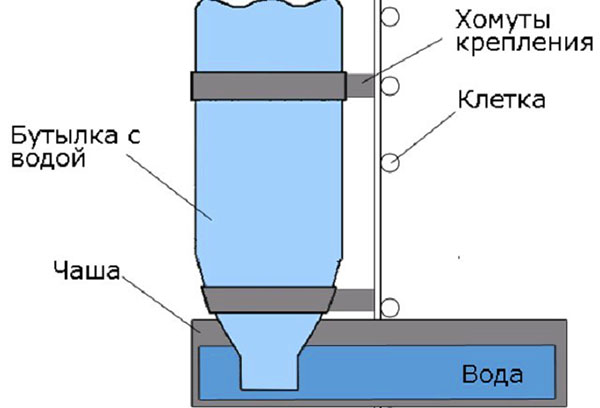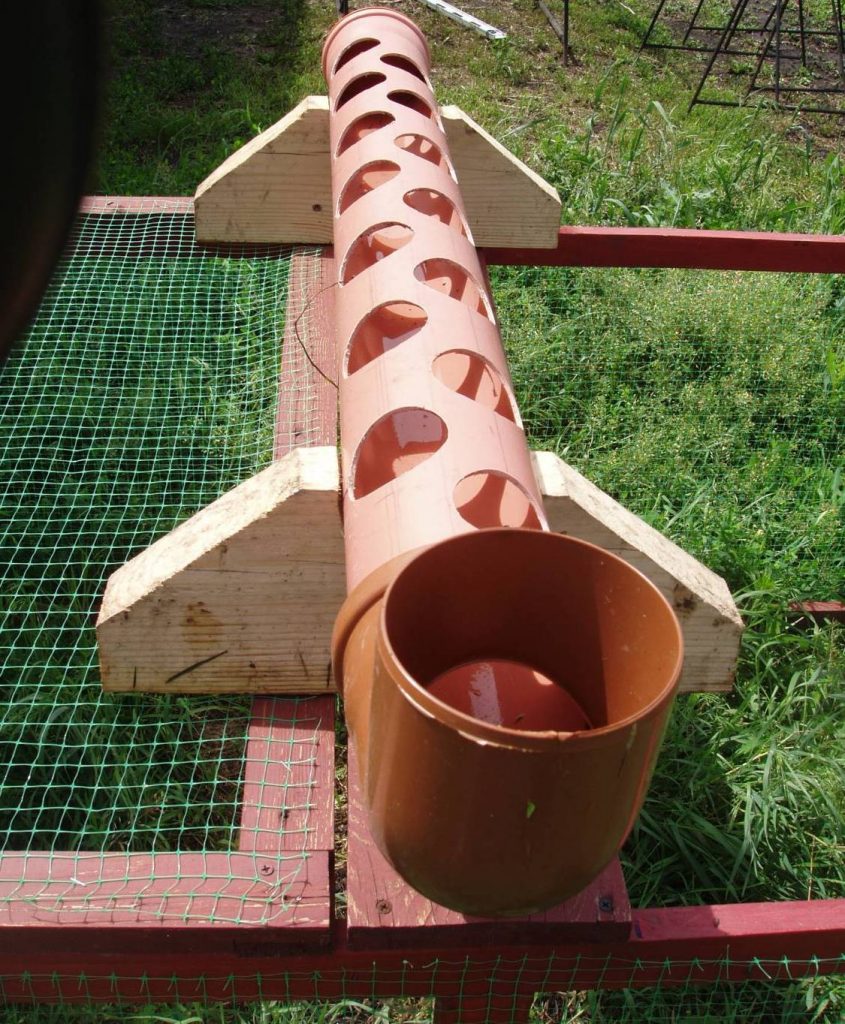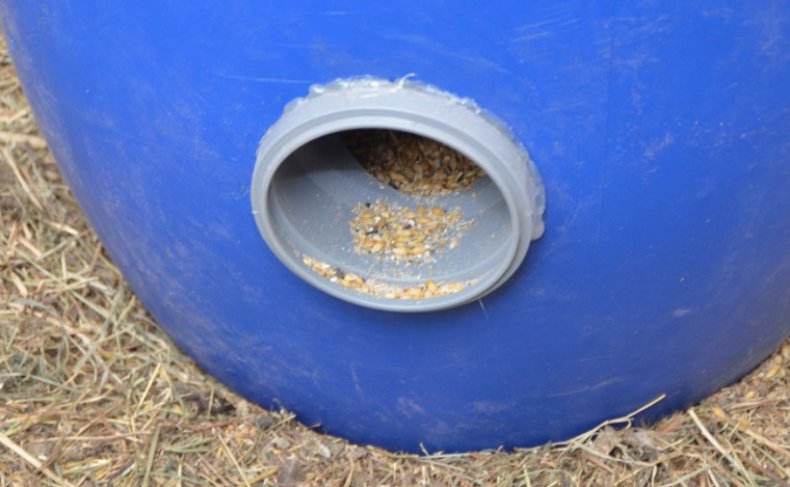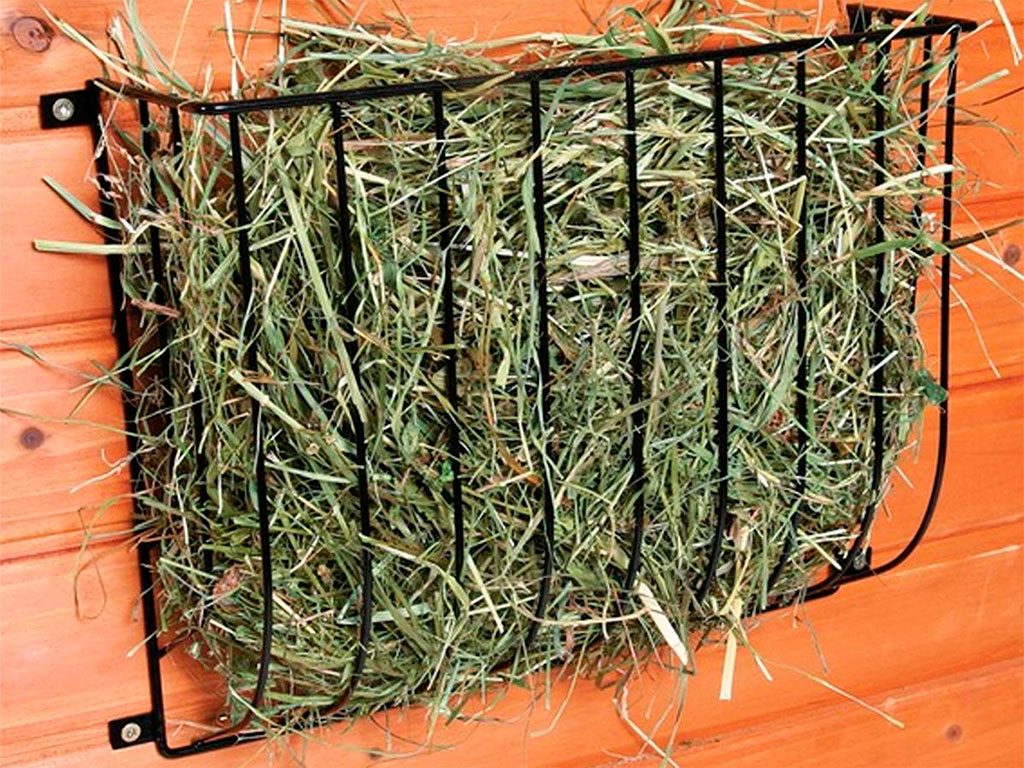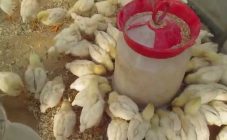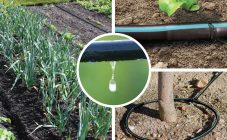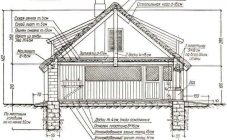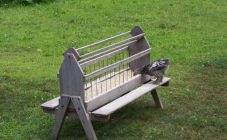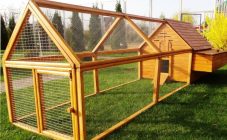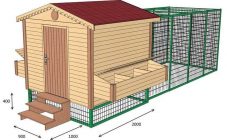Content:
Geese are water birds, and they need water like air. The fact is that they endure hunger more easily than thirst. That is why regular watering of birds is a necessary condition, without which their existence is impossible.
Free access to water is the key to the health and development of domestic geese. The lack of water especially negatively affects their well-being during the summer heat. If there is no reservoir nearby, then you need to worry about organizing a watering hole in the poultry house.
The goose drinks up to 1.65 liters of water a day. In addition, the bird systematically moistens the eaten food to improve digestion. Therefore, an adult needs at least two liters of water per day.
In any specialty store, you can buy feeders and various drinkers for geese, but making them yourself is not difficult at all, much cheaper and often more reliable.
How to make a drinker
A do-it-yourself drinking bowl for goslings must meet the following requirements:
- Containers and water in them must be clean.
- The water temperature should always be at room temperature and not freeze in winter.
- Drinking water should be kept constant. Birds should not get wet while drinking, especially in cold weather.
- Adequate drinking bowls for birds to always have access to.
- Different types of drinkers are suitable for geese of different ages.
- The drinker should be high, the bottom should be 3 cm above the back of the individual.
Drinking bowls for goslings up to a month old
For small chicks, a simple vacuum autodrinker, consisting of a plate and a can, is enough. Cover the jar filled with water with a suitable plate and turn over.
Types of drinkers for older chicks
Mainly used devices for water of the following types: nipple, cup and autonomous.
The cup device consists of a container and a valve that maintains the liquid level.
The design of this device is of two types:
- The valve is opened and closed by a float. Can be made from a toilet cistern's flush system.
- The device is connected to the water supply. The bowl plays the role of a float. The water supply is regulated by a special rod.
Nipple devices are easy to maintain and provide birds with free access to water. They are constructed from several components:
- water tank;
- nipples;
- pipes;
- connecting elements.
These sippy cups are installed in large farms. The advantage is the metered water supply, so it is always clean and fresh. The disadvantage is unreliability, nipples often break, clog, stopping to release water.
Stand-alone sippy cups are usually very simple designs. These include:
- vacuum;
- siphon;
- grooved;
- an ordinary container with water (bucket, trough).
At home, as a rule, simple devices are used.They are made from plastic, metal, or other materials at hand.
Flute drinkers
The original version is made of sewer plastic pipes. The size of the main part directly depends on how old the bird is. The tightness at the watering hole makes
drinker ineffective. For an adult, 40 cm of the length of the structure is enough. If the age is 2-4 weeks, then 6 cm is enough, from 8 to 12 weeks - 9.5-13 cm will be required, over 12 weeks - 15 cm.
Drinking holes are made in the upper part of the structure so that the birds have free access to water. It is more rational to install tees with plugs on the ends of the pipe. If water needs to be drawn, remove the inlet plug, drain - drain. You can connect the system to the water supply and fill it with water as needed.
Drinking bowls from plastic bottles
From a large plastic bottle
For a drinker, you will need: a large bottle of 5 liters and a plastic container, with a diameter wider than the bottom of the bottle and with a side, 10-15 cm high.
Making a drinker is very simple:
- In the side of the bottle from the bottom, you need to make a 1 cm hole (you can use a hot nail or a soldering iron). It should be 2 cm below the height of the side of the drinking container.
- Place a bottle of water in a container, and water will fill it through the hole.
This handy, practical drinker will keep you clean and full all day.
To prevent the geese from accidentally throwing it over, it is necessary to put the drinker near the wall, fixing the neck of the bottle with a rope.
There are two bottles of different diameters
Another vacuum drinker is done like this:
- For the bowl, cut off the top of the larger bottle (7-10 cm from the neck).
- Covers inserted into one another are connected with self-tapping screws. It turns out a connecting piece uniting two containers.
- Holes are made in the smaller bottle (5-8 cm from the neck).
- A bowl is screwed onto a bottle filled with water with a double cap. Then the structure must be turned over. Fill the bowl with water up to the level of the holes.
- Fix the device in a special frame or by fixing it with ropes to the wall of the enclosure.
These sippy cups can be used for all types of poultry. Of these, both a chicken and a duck will drink water with pleasure.
Feeders for different feed
A do-it-yourself goose feeder is as easy as a drinker.
The strength and safety of the feeder are important factors for the life of the flock. Feeding attachments are used for wet and dry goose food.
The type of feed determines the material for the trough. For wet food, metal or plastic products are used. The best material for a dry feed device is wood. It is possible to make constructions of various shapes and volumes from it. The raw material itself is harmless to bird health.
Bunker feeder
Feeders consisting of a compartment for keeping grain and an outlet for dosed delivery of food are called bunker feeders. They are very easy to use and make it possible to fill in a lot of grain feed.
For the construction of such a feeder, you will need the following materials:
- barrel made of plastic or metal;
- hacksaw for metal;
- trims of plastic pipes having an angle of 90 °;
- hot melt glue.
Procedure:
- First you need to mark the pipe attachment point on the barrel. The marking is done at a height of 30-40 cm from the bottom of the barrel, for the convenience of the goose when getting food.
- Then pieces of plastic pipe are taken and cut along the angle of rotation.
- According to the markings, holes are cut in the barrel, pieces of pipe are inserted into them.
- The edges of the structure must be insulated with hot glue. This will fix the tube so that it will not spin while eating.
Grass feeder for geese
The wood feeder is suitable for grass and hay.Its use saves space, as it can be easily attached to the barn wall.
Materials:
- slats: 2 wide and 2 narrow;
- wood plugs on the sides of the product;
- a wooden block equal to the length of the slats.
The length of the slats should be calculated by the number of individuals - 20 cm for each head.
Procedure
A box is knocked out of the racks. The bottom of the box is placed with an edge at an angle of 90 ° for convenience when loading grass or hay. Plugs are nailed on the sides. The product resembles a trough. A rail is attached on top of the plugs, which is necessary for the convenience of moving the device. Suspensions are attached to the back wall to fix the structure on the wall.
For floor use, such a feeder can be stuffed on the bottom of two parallel boards.
Grass feeders can be made using materials such as mesh, metal.
Tips for Beginner Farmers
- The idea of a goose feeder is to take an ordinary car tire, cut it in two in a circle. These feeders are very durable and practical.
- Geese are long-lived birds. In the wild, they live up to 25 years, and in domesticated form - up to 30. They belong to monogamous birds, this must be taken into account when breeding them. A goose that has lost a drake can exist without a partner for several years.
- The galvanized metal feeder must be free of cutting edges. When making such a product for food, you need to bend over all sharp edges.

